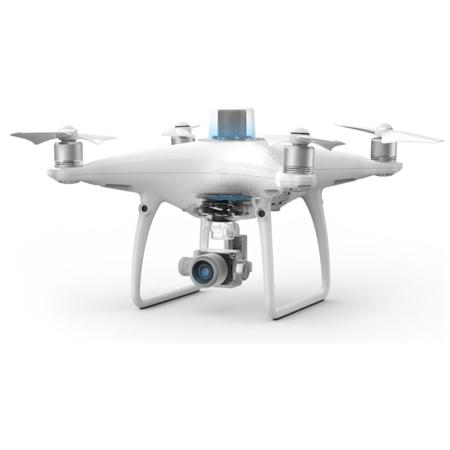
Picture does not represent the actual item
See what's in the box
Review Summary
Extend coverage on pre-owned products after the retailer warranty ends and protect photo & video gear from accidental damage with Adorama Protect.
If we can’t fix it, we’ll replace it at no additional cost.
Coverage for pre-owned gear begins after the retailer warranty ends, plus accidental damage protection for photo/video gear that starts on day one.
Enjoy your gear without fear. We have you covered!
When regular use of your product over time results in mechanical or electrical failure.
We will never charge you a deductible after the purchase of a plan.
Our claims process is simple & easy and our customer service team is happy to help.
Adorama Protect powered by Extend is available for purchase to customers in the United States. Not available for International and U.S. territories purchases. Plans on pre-owned items do not cover pre-existing damages.
Browse our FAQ
-Micro USB Cable
-USB-C Cable
-USB OTG Cable
350mm (13.77")
19685' (6000m)
6 m/s (automatic flight); 5 m/s (manual control)
3 m/s
31 mph (50 kph)(P-mode)
36 mph (58 kph)(A-mode)
Approx. 30 minutes
32 to 104 deg. F (0 to 40 deg. C)
2.400 GHz to 2.483 GHz (Europe, Japan, Korea)
5.725 GHz to 5.850 GHz (United States, China)
2.4 GHz
CECE (Europe) / MIC (Japan) / KCC (Korea): < 20 dBm
5.8 GHz
SRRC (China) / FCC (United States)/(Taiwan, China):< 26 dBm
RTK enabled and functioning properly:
Vertical:+/-0.1 m; Horizontal:+/-0.1 m
RTK disabled
Vertical:+/-0.1 m (With vision positioning ); +/-0.5 m (with GNSS positioning)
Horizontal:+/-0.3 m (with vision positioning); +/-1.5 m (with GNSS positioning)
The position of the camera center is relative to the phase center of the onboard D-RTK antenna under the aircraft body's axis:(36, 0 and 192 mm) already applied to the image coordinates in Exif data. The positive x, y and z axes of the aircraft body point to the forward, rightward and downward of the aircraft, respectively.
Mapping accuracy meets the requirements of the ASPRS Accuracy Standards for Digital Orthophotos Class III
The actual accuracy depends on surrounding lighting and patterns, aircraft altitude, mapping software used and other factors when shooting.
(H/36.5) cm/pixel
H means the aircraft altitude relative to shooting scene (unit: m)
Max operating area of approx. 1 km2 for a single flight(at an altitude of 182 m, i.e., GSD is approx. 5 cm/pixel, meeting the requirements of the ASPRS Accuracy Standards for Digital Orthophotos Class III
<=31 mph(50 kph) at 6.6 ft(2 m) above ground with adequate lighting
0-33' (0 - 10 m)
0-33' (0 - 10 m)
2-98' (0.7-30 m)
Forward/Rear: 60 deg. (horizontal), +/-27 deg. (vertical)
Downward: 70 deg. (front and rear), 50 deg. (left and right)
Forward/Rear:10 Hz;
Downward: 20 Hz
Surfaces with clear patterns and adequate lighting(> 15 lux)
1" CMOS; Effective pixels: 20M
FOV 84 deg. ; 8.8 mm / 24 mm(35 mm format equivalent:24 mm);
f/2.8 - f/11, auto focus at 1 m - Infinity
Video:100-3200(Auto)
100-6400(Manual);
Photo:100-3200(Auto)
100-12800(Manual)
8 - 1/2000 s
8 - 1/8000 s
4864x3648(4:3);
5472x3648(3:2)
H.264,4K:3840x2160 30p
JPEG
MOV
FAT32(= 32 GB);
exFAT(> 32 GB)
MicroSD, Max Capacity: 128 GB. Class 10 or UHS-1 rating required Write speed=15 MB/s
32 to 104 deg. F (0 to 40 deg. C)
5870mAh
4920mAh
15.2V
7.6V
LiPo 4S
LiPo 2S
89.2 Wh
37.39Wh
14 to 104 deg. F (-10 to 40 deg. C)
160W
-4 to 104 deg. F (-20 to 40 deg. C)
17.3 - 26.2 V
8.7 V,6 A;5 V,2 A
41 to 104 deg. F (5 to 40 deg. C) (5 deg. to 40 deg. C)
3-axis (tilt, roll, yaw)
-90 deg. to +30 deg.
90 deg. /s
+/-0.02 deg.
0.6-23 ft(0.2 - 7 m)
70 deg. (Horizontal)
+/-10 deg. (Vertical)
10 Hz
Surface with diffuse reflection material and reflectivity> 8%(such as wall, trees, humans, etc.)
2.400 GHz-2.483 GHz(Europe, Japan, Korea)
5.725 GHz-5.850 GHz(United States, China)
2.4 GHz
CE / MIC / KCC:< 20 dBm
5.8 GHz
SRRC / FCC:< 26 dBm
FCC:4.3 mi(7 km);
SRRC / CE / MIC / KCC:3.1 mi(5 km) (Unobstructed, free of interference)
16 W(typical value)
5.5 inch screen, 1920x1080, 1000 cd/m2, Android System
Memory 4G RAM+16G ROM
32 to 104 deg. F (0 to 40 deg. C)
17.5 V
7.6V
41 to 104 deg. F (5 to 40 deg. C)
4920mAh
LiPo 2S
37.39Wh
-4 to 104 deg. F (-20 to 40 deg. C)
17.4V
160W
Simultaneously receive:
GPS: L1 C/A, L2, L5
BEIDOU: B1, B2, B3
GLONASS: F1, F2
Galileo: E1, E5A, E5B
Single Point:
Horizontal:1.5 m(RMS)
Vertical:3.0 m(RMS)
RTK:
Horizontal:1 cm+ 1 ppm(RMS)
Vertical:2 cm+ 1 ppm(RMS)
1 ppm: For every 1 km increase in distance, the accuracy will be 1 mm less. For example, the horizontal accuracy is 1.1 cm when the receiving end is 1 km away from the base station
1 Hz, 2 Hz, 5 Hz, 10 Hz and 20 Hz
<45 s
<10 s
<1 s
>99.9%
RTCM 2.X/3.X
Built-in high-precision 6-axis accelerometer
D-RTK 2 movement monitoring
Sloping measurements
Electronic bubble level
OcuSync, Wi-Fi, LAN, 4G
2.400 GHz to 2.483 GHz (China, United States, Australia, Europe, Japan, Korea)
5.725 GHz to 5.850 GHz (China, United States, Australia)
OcuSync
2.4 GHz
SRRC (Mainland China) / CE (Europe) / MIC (Japan) / KCC (Korea): < 20 dBm
FCC (United States, Australia) / NCC (Taiwan, China): < 26 dBm
5.8 GHz
FCC (United States, Australia) / SRRC (Mainland China) / NCC (Taiwan, China): < 26 dBm
Wi-Fi
2.4 GHz
SRRC (Mainland China) / CE (Europe) / MIC (Japan) / KCC (Korea): < 20 dBm
FCC (United States, Australia) / NCC (Taiwan, China): < 22 dBm
5.8 GHz
FCC (United States, Australia) / SRRC (Mainland China) / NCC (Taiwan, China): < 22 dBm
OcuSync: 2 km (unobstructed and free of interference, when the distance from the D-RTK 2 antenna to the bottom of the tripod is 1.8 m, when the difference in height between the remote controller and D-RTK 2 is less than 2 m and when the remote controller is 1.2 m from ground level)
16GB
12W
16.5 to 58.8VDC
Type: Lithium-ion battery
Capacity: 4920 mAh
Energy: 37.3 WH
WB37 battery:>2 h
MG-12000P battery:>50 h
32 deg. to 113 deg. F (0 deg. to 45 deg. C)
IP67
Mobile Station: 68 x 168 x 1708mm (2.68 x 6.61 x 67.24")
Aircraft: 1.39kg (3.07 lbs)
Intelligent Flight Battery: 468g (16.51 oz)
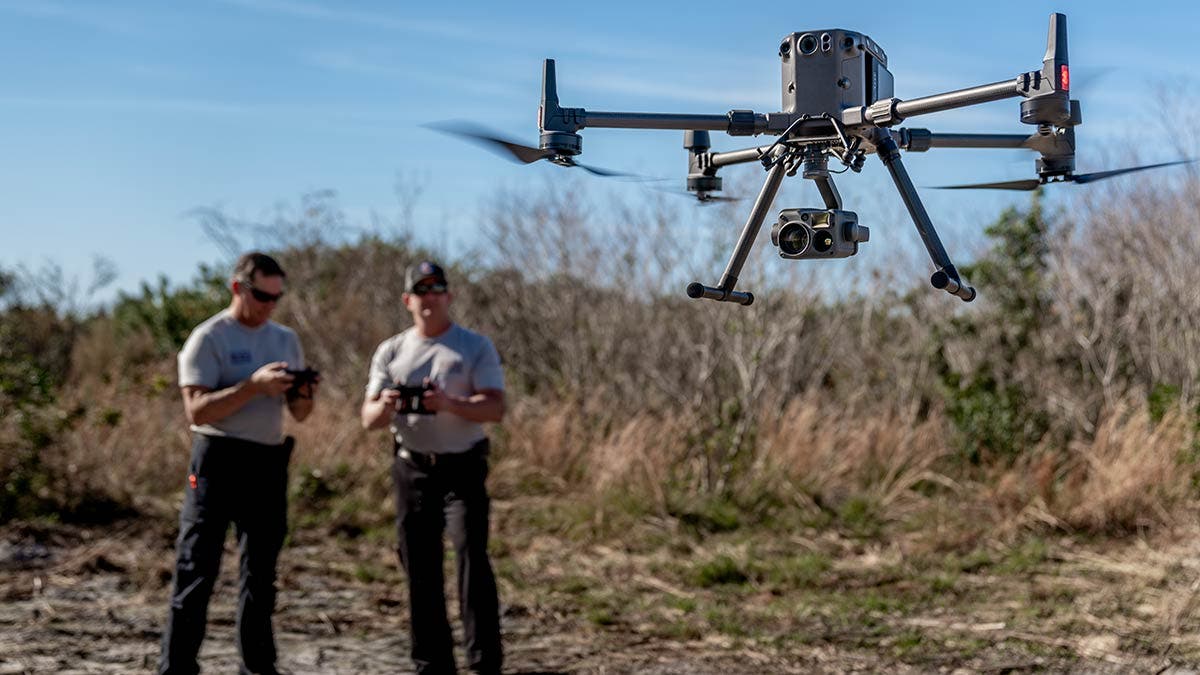
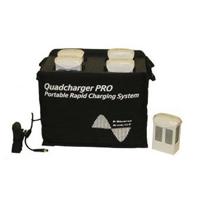
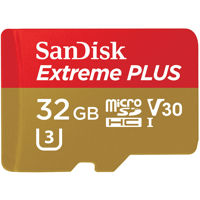
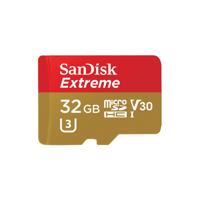
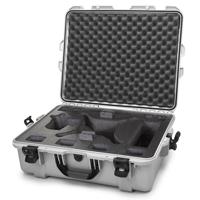
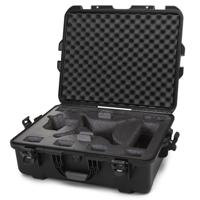
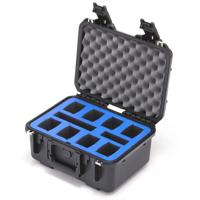
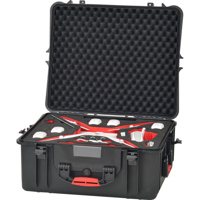
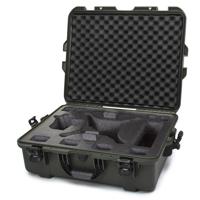
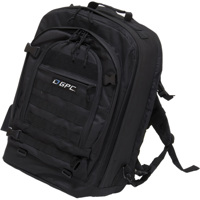
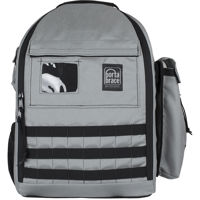
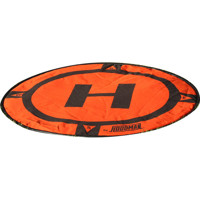
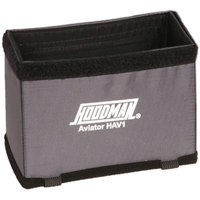
Phantom 4 RTK
Visionary Intelligence. Elevated Accuracy.
Upgrade your next mapping mission with the Phantom 4 RTK - DJI's most compact and accurate low altitude mapping solution.
Next Generation Mapping
DJI has rethought its drone technology from the ground-up, revolutionizing its systems to achieve a new standard for drone accuracy - offering
Phantom 4 RTK customers centimeter-accurate data while requiring fewer ground control points.
• 1cm+1ppm - RTK Horizontal Positioning Accuracy
• 1.5cm+1ppm - RTK Vertical Positioning Accuracy
• 5cm - (When flying at 100m height, 2.7cm GSD, sunny.) Absolute Horizontal Accuracy of Photogrammetric Models
Centimeter Level Positioning System
A new RTK module is integrated directly into the Phantom 4 RTK, providing real-time, centimeter-level positioning data for improved absolute accuracy on image metadata. Sitting just beneath the RTK receiver is a redundant GNSS module, installed to maintain flight stability in signal-poor regions such as dense cities. Combining both modules, the Phantom 4 RTK is able to optimize flight safety while ensuring the most precise data is captured for complex surveying, mapping and inspection workflows.
Fit the Phantom 4 RTK to any workflow, with the ability to connect this positioning system to the D-RTK 2 Mobile Station, NTRIP (Network Transport of RTCM via Internet Protocol) using a 4G dongle or Wi-Fi hotspot or store the satellite observation data to be used for Post Processed Kinematics (PPK).
Gather Accurate Data with TimeSync
To take full advantage of the Phantom 4 RTK's positioning modules, the new TimeSync system was created to continually align the flight controller, camera and RTK module. Additionally, TimeSync ensures each photo uses the most accurate metadata and fixes the positioning data to the center of the CMOS - optimizing the results from photogrammetric methods and letting the image achieve centimeter-level positioning data.
Precise Imaging System
Capture the best image data with a 1-inch, 20 megapixel CMOS sensor. The mechanical shutter makes mapping missions or regular data capture seamless as the Phantom 4 RTK can move while taking pictures without the risk of rolling shutter blur. Due to the high resolution, the Phantom 4 RTK can achieve a Ground Sample Distance (GSD) of 2.74 cm at 100 meters flight altitude. To ensure each Phantom 4 RTK offers unparalleled accuracy, every single camera lens goes through a rigorous calibration process where radial and tangential lens distortions are measured. The distortion parameters gathered are saved into each image's metadata, letting post-processing software adjust uniquely for every user.
Purpose-Built Flight Planning Application
A new GS RTK app allows pilots to intelligently control their Phantom 4 RTK, with two planning modes - Photogrammetry and Waypoint Flight - alongside a more traditional flight mode. The planning modes let pilots select the drone's flight path while adjusting overlap rate, altitude, speed, camera parameters and more, offering an automated mapping or inspection workflow.
The GS RTK app has been built with its users in mind and therefore has a range of features built for specific mapping or inspection workflows. The app has implemented direct loading of KML area files for in-office flight planning, a new shutter priority mode to keep exposure consistent across all photos and a strong wind alarm to warn pilots of adverse conditions.
Mobile SDK Supported
The Phantom 4 RTK is compatible with the DJI Mobile SDK, opening up its functions to automation and customization through a mobile device.
OcuSync Transmission System
Enjoy stable and reliable HD image and video transmission at distances of up to 7 km, great for mapping larger sites. Unobstructed, free of interference, when FCC compliant. Maximum flight range specification is a proxy for radio link strength and resilience. Always fly your drone within visual line of sight unless otherwise permitted.
Seamless Compatibility with D-RTK 2 Mobile Station (not included)
Support your Phantom 4 RTK missions with the D-RTK 2 Mobile Station - providing real-time differential data to the drone and forming an accurate surveying solution. The Mobile Station's rugged design and OcuSync 2.0 transmission system ensures you can gain centimeter-level accurate data with your Phantom 4 RTK in any condition.
Start Mapping Today
With a built-in flight planning app (GS RTK) and an easy method to collect RTK data (RTK Network or D-RTK 2 Mobile Station), pilots have a full solution for any surveying, mapping or inspection workflow - right out of the box.